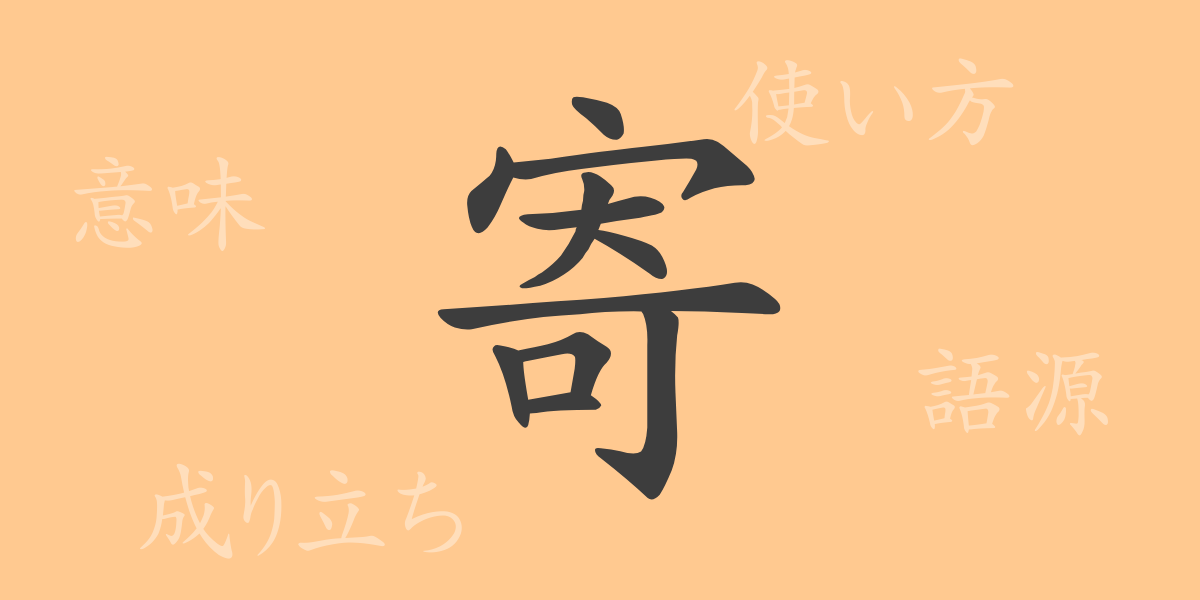The Japanese language boasts numerous characters that embody both profound meaning and aesthetic beauty. One such kanji is “寄” (より). This character frequently graces our daily lives, coloring various scenes where people’s hearts come together. In this article, we spotlight the kanji “寄” (より), exploring its origins, meanings, usage, and even its appearance in idioms and phrases, delving into its allure.
Origins of 寄 (より)
The kanji “寄” (より) is believed to have derived from ancient Chinese pictographs. Originally, it depicted the footsteps of a person walking towards a house, which gave rise to meanings such as “to gather” and “to approach.” Over time, both its shape and meaning have evolved, and today it is used in a wide array of contexts.
Meanings and Usage of 寄 (より)
The kanji “寄” (より) encompasses meanings such as “to approach,” “to gather,” and “to donate.” It is also used symbolically to represent the unification of people’s hearts. For example, “寄り添う” (よりそう) expresses the act of people supporting each other, while “寄付” (きふ) refers to the act of providing goods or money to others or society.
Readings, Stroke Count, and Radical of 寄 (より)
Let’s look at the readings and other details of the kanji “寄” (より).
- Readings: The on’yomi (Sino-Japanese reading) is “キ” (き), while the kun’yomi (native Japanese reading) includes “よ.る” and “よ.せる” among others.
- Stroke Count: The kanji “寄” (より) has a total of 11 strokes.
- Radical: The radical is 宀 (うかんむり).
Idioms, Phrases, and Proverbs Using 寄 (より) and Their Meanings
There are various idioms, phrases, and proverbs that include the kanji “寄” (より), such as:
- 寄り添う (よりそう): To draw close and support each other.
- 寄付金 (きふきん): Money or goods donated for social purposes or public welfare.
- 寄席 (よせ): A venue where rakugo and other forms of storytelling are performed.
- 寄る年波には勝てぬ (よるとしなみにはかてぬ): A proverb meaning one cannot resist the natural flow of aging.
Summary of 寄 (より)
The kanji “寄” (より), as its shape suggests, is a character with a beautiful image of people coming together and hearts uniting. It plays a symbolic role in idioms and phrases used in everyday life, representing the warmth of human relationships and social bonds. Through this single character, we can appreciate the rich expressiveness of the Japanese language and the depth of its culture.

























